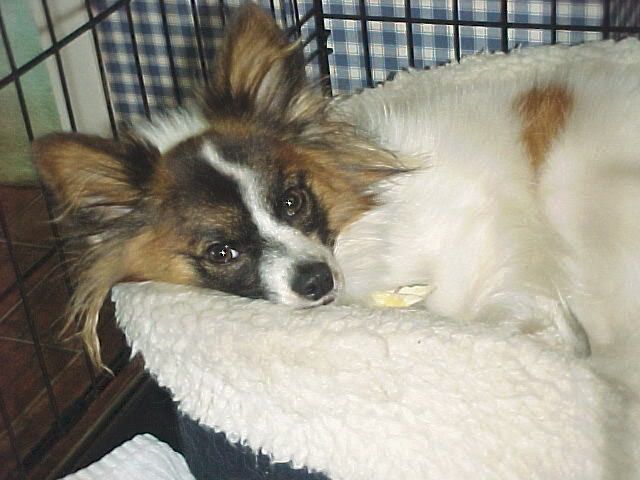 |
| © AllThingsDogBlog.com Make Crate Time Great Time |
- Choose a crate that will grow with your puppy. Too large of a crate will allow your pup to sleep in one corner and use the other corner as a bathroom. The crate should be large enough for him to stand, lay and turn around, but not much larger. As he grows, the movable panel can gradually grow with her, allowing more space as needed. Eventually, the panel will likely be removed when the pup grows into the crate.
- Crate your puppy frequently throughout the day for short periods, allowing her to become acclimated to spending time there. Praise her when she rests peacefully without making a fuss, as well as when you remove her to take her outside. As she becomes more comfortable with these rest periods, you can begin to leave her for short outings to test her comfort level and staying power. This will take time; go slowly.
- While at home, keep your pup near you and under your supervision constantly. If you move around from room to room, tether him to your belt or waist using a leash, so you can keep an eye on him in case he begins to show the tell-tale signs of needing to go.
- Know those signs: pacing, circling, sniffing at a certain spot or in a circle, squatting (oops, you're too late)
- Make a habit of always taking your pup out immediately after sleeping, eating, playing, exercising, drinking, or anytime you see the above signs.
- Having selected the spot you'd like your pup to always use, don't waver by allowing her to drag you around. THIS is the spot; wait there until he gets the idea and takes action. The scent of his prior visits will build up and eventually give him a faster-acting release. Give him your encouraging words, such as "Go potty!" and treat immediately when he is successful.
- Once action has begun or immediately upon completion, praise sweetly and gently. Don't make too much of a fuss or you may interrupt the important event :)
- Call your puppy to his potty spot with the same sweet voice and special words each time, so he'll begin to associate these with this action.
- If your puppy exhibits a behavior that becomes a natural signal of her need to go out, encourage that signal to alert you. Praise and treat her with your training treats as a way of encouraging this behavior that notifies you when it's time for a visit to the grass. Any signal that is acceptable to you will work: a woof, whine, scratch at the door, nose bump on your hand, ringing of potty bells that hang on your door--whatever works for your dog and you to communicate.
- Young puppies and toy dogs often have trouble house training in larger spaces. They may quickly become averse to using rooms they spend time in as a bathroom; however, other rooms may sometimes take on that role for these smaller pups. I've learned that one way to prevent this is to allow them to spend time in each of these otherwise less-frequented areas. This may be inconvenient for you while you supervise him there, but hopefully you'll find a way to accomplish a task while giving your dog time to bond with this area of your home that he rarely spends time in.
- If you catch your pup in the act of pottying indoors, scold quickly while immediately taking her outside to her special place, spending a few minutes to allow her to remember this is where she should have taken action. Do not rub your puppy's nose in his business or swat him, as he may become fearful of pottying altogether.
- If your puppy is left in a crate too long and has an accident, don't correct her. It's your fault, not hers. Simply clean her and the crate up and don't make a fuss.
- Same goes if you've left the pup alone too long in the house and you find a mistake. Often they will leave their deposit at the door or near a window, indicating their effort to get outdoors.
- If you've chosen to keep your puppy in 1 room, not using a crate, you'll want to use potty pads or a dog potty with faux grass included, in order to protect the floor, as well as to help your pet know where you want his deposits to land. It's nice to know where you can and cannot step when entering the room :) This target training is important to eventually working your way outside, if that is desirable.
- Once your pup is regularly hitting the puppy pad, you may choose a long weekend when you can spend several days working with him on the transition. Begin moving the pad gradually toward the exit, keeping your eye on the pup. It's imperative that you throw a big party every time he locates the pad and uses it. Lots of praise and a treat will help him understand that following the pad is exactly what you want.
- Once you reach the exit door, begin cutting away small sections of the pad, or closing the door over an area of it, reducing the available amount. The idea is to help Fido understand he needs to assist you with knowing what he wants--verbally or with some sort of noise or action. Many pad users will place potty bells right where the puppy is likely to bump them while using the pad, helping you to be aware of his actions. Praise and treat your little one for ringing the bells as well as using the pad. You're on your way!
 |
| courtesy Zukes |
In less than 10 days, Event Barkers will be officially announcing a Twitter Party for Zukes. Yes, you heard it here first! While you're waiting on details, you can go ahead and check them out online at their website and on Facebook, Pinterest, and Twitter. Watch for more details soon...and a giveaway coming shortly!



















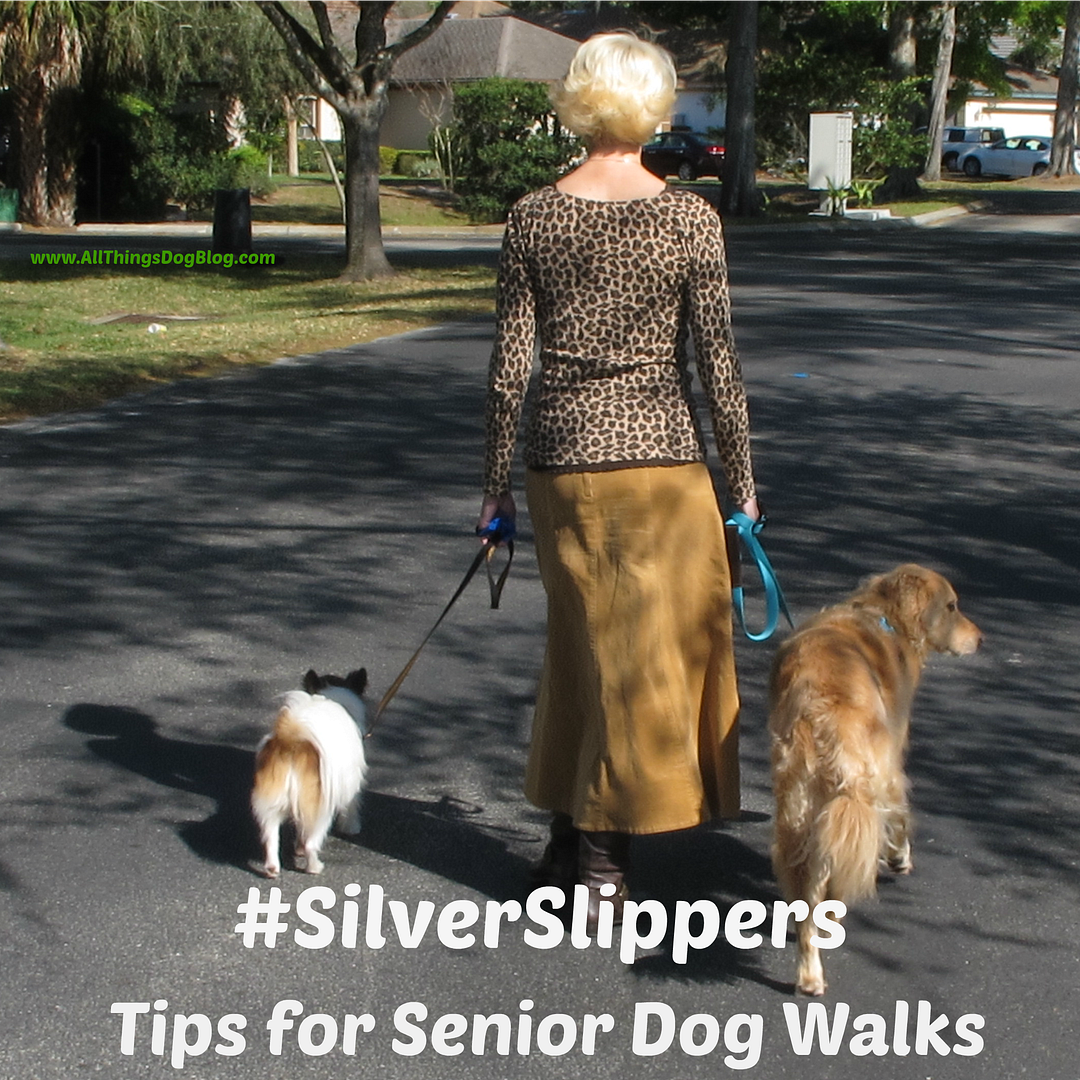





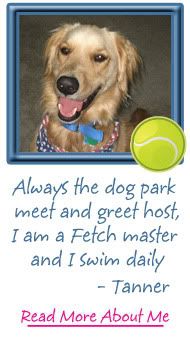
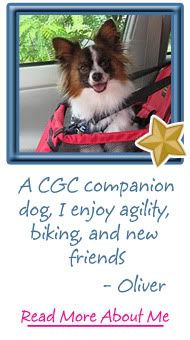
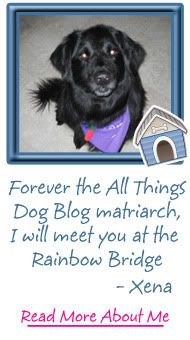
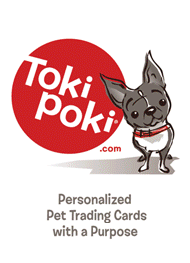




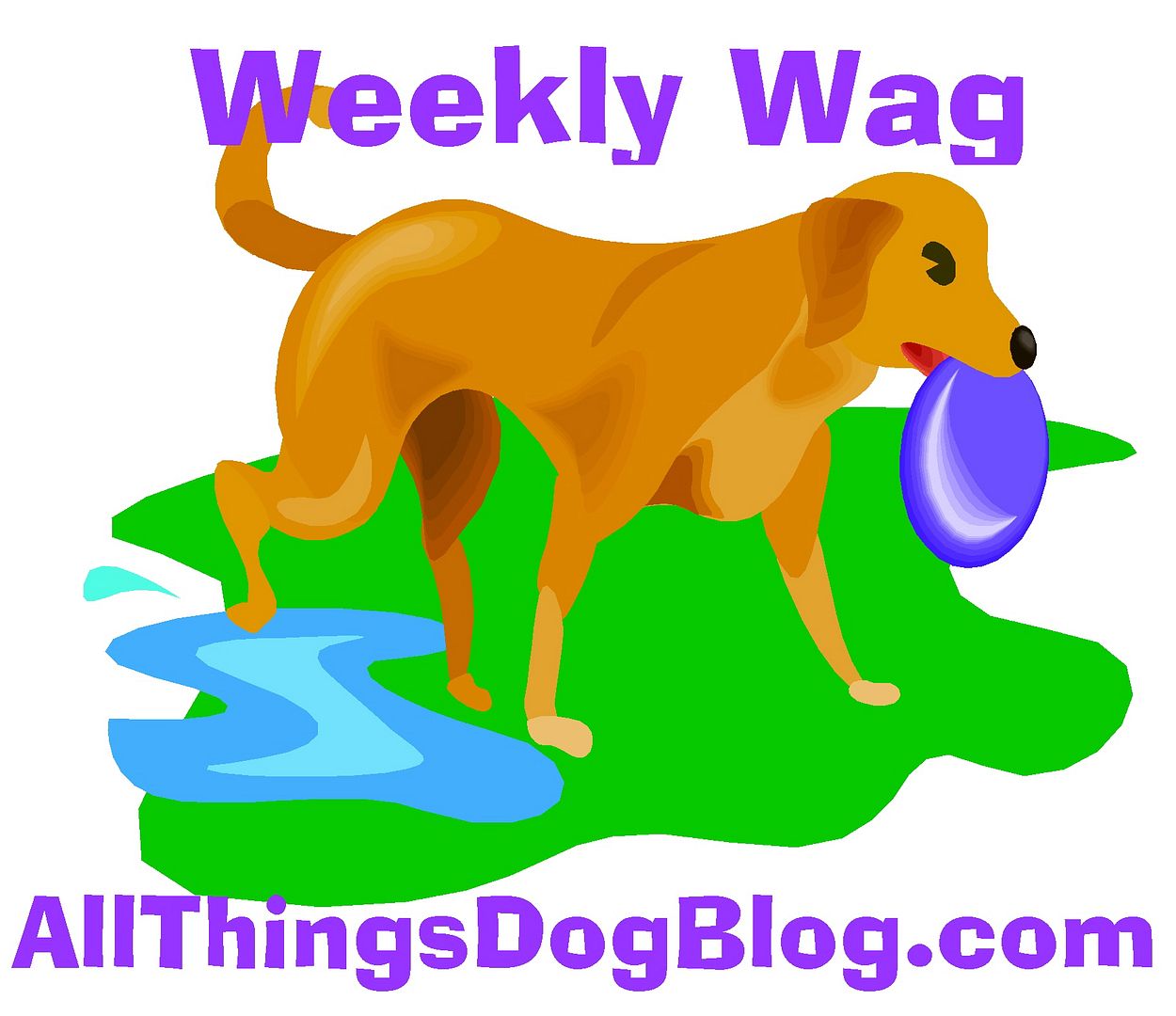



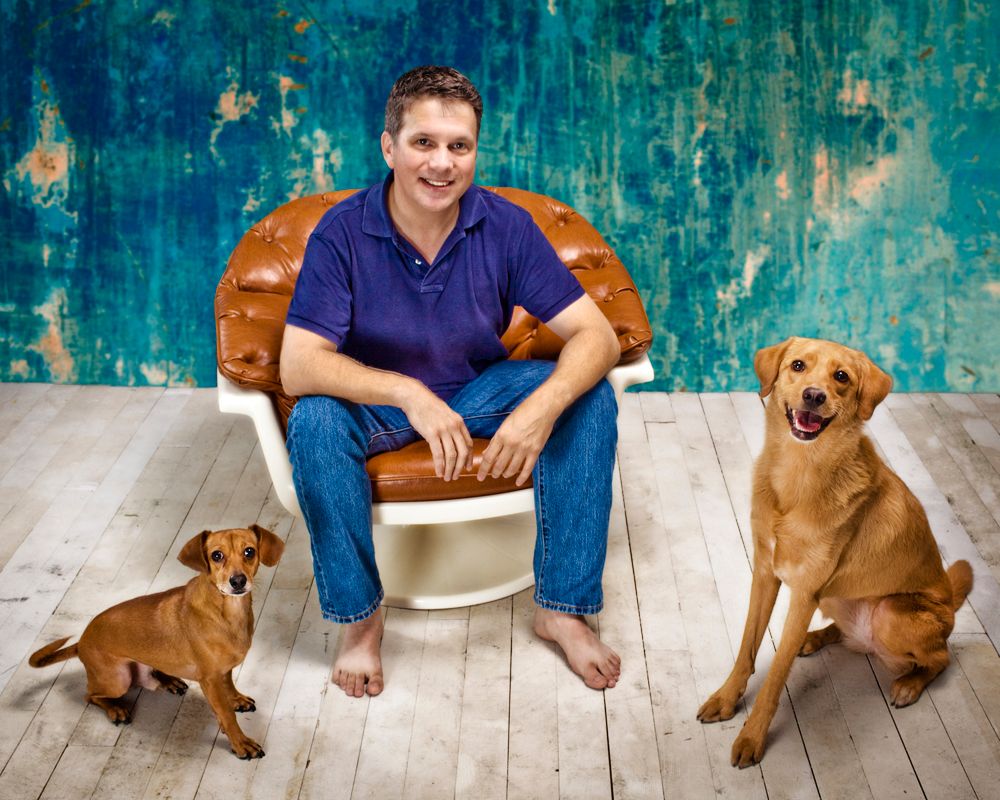


0 comments:
Post a Comment